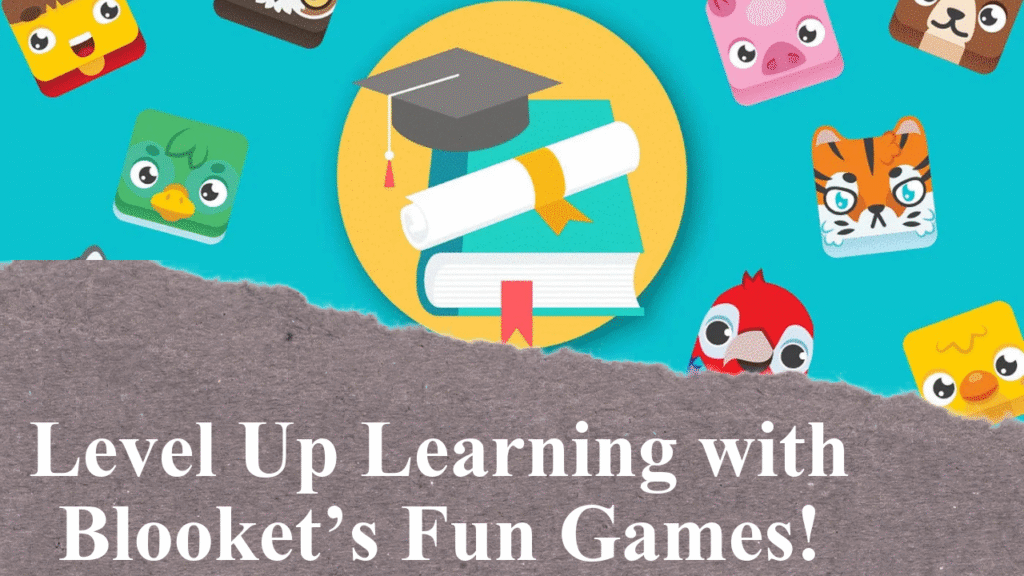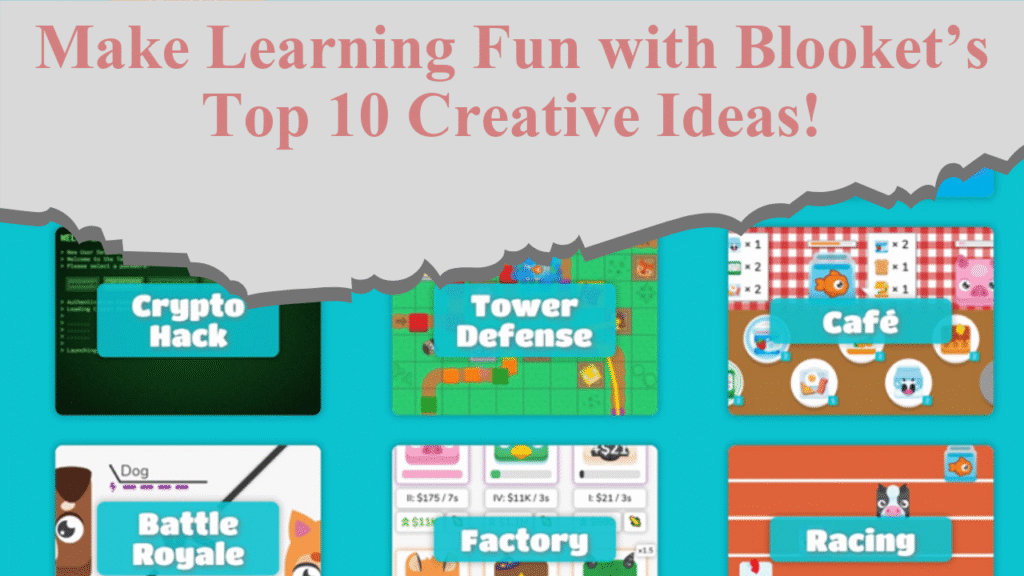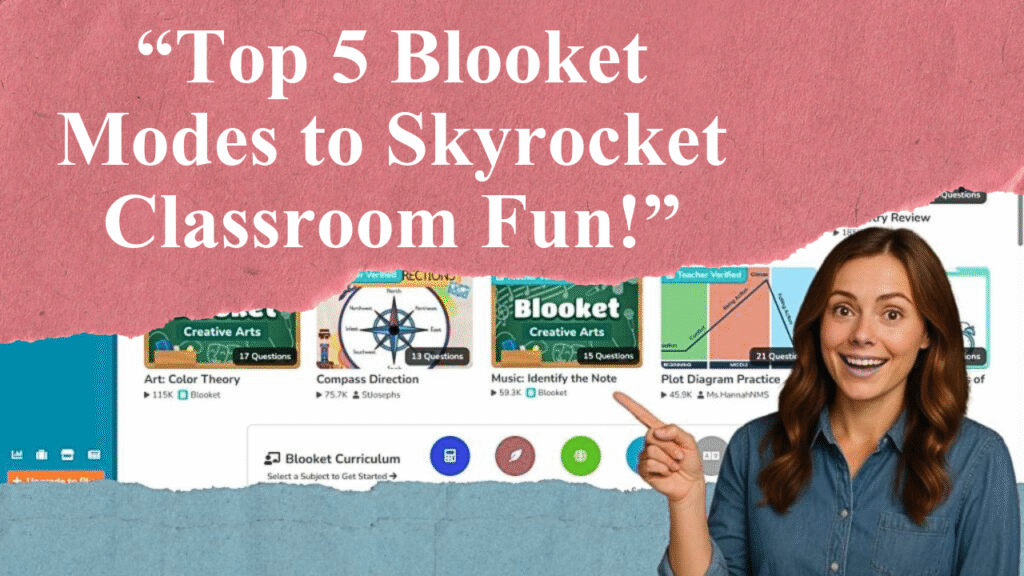“Blooket transforms classroom learning with engaging, game-based activities. This article explores practical tips for teachers to maximize Blooket’s potential, including customizing question sets, leveraging game modes, using real-time data for feedback, and integrating with other tools. Learn how to boost student engagement, tailor lessons, and streamline assessments effectively.”
Mastering Blooket: Essential Strategies for Educators
Customize Question Sets for Targeted Learning
Blooket allows teachers to create or adapt question sets to align with specific learning objectives. Craft questions that match your curriculum, incorporating multiple-choice or true/false formats to suit various subjects. For example, a history teacher can design a set on the American Revolution, while a math teacher might focus on algebraic equations. Use Blooket’s library of pre-made sets to save time, searching by subject, grade, or topic. Adding images or multimedia to questions enhances engagement, especially for visual learners. Ensure questions vary in difficulty to challenge all students while maintaining accessibility.
Explore Diverse Game Modes
Blooket offers multiple game modes, each catering to different classroom dynamics. “Gold Quest” encourages competitive play, ideal for group activities, while “Tower of Doom” suits individual practice. “Crypto Hack” is a student favorite, blending strategy with point-earning through correct answers. Experiment with modes like “Classic” for straightforward quizzes or “Factory” with power-ups for added excitement. Rotate modes to keep students engaged and prevent monotony. Adjust settings like time limits or power-ups to balance fun and focus.
Leverage Real-Time Data for Instant Feedback
Blooket’s real-time analytics provide insights into student performance during games. Monitor correct and incorrect answers, response times, and overall scores to identify strengths and areas for improvement. After a game, access detailed reports from the Blooket dashboard to analyze individual and class-wide progress. For instance, if a report shows students struggling with fractions, adjust your next lesson to address this gap. Use this data to offer immediate feedback, reinforcing concepts and correcting misconceptions on the spot.
Integrate with Other Tools for Seamless Workflow
Blooket integrates with platforms like Quizlet, allowing teachers to import existing question sets for quick setup. For example, a science teacher can pull a Quizlet set on ecosystems and transform it into a Blooket game. Use Google Forms to collect student-created questions, then import them into Blooket for collaborative learning. Blooket’s compatibility with Learning Management Systems streamlines assigning games as homework or in-class activities, enhancing accessibility for remote or hybrid learning.
Foster Collaboration and Engagement
Blooket’s multiplayer modes, like “Tower Defense,” promote teamwork and strategy. Assign students to teams to encourage communication and collective problem-solving. For instance, in a language arts class, teams can compete on vocabulary terms, discussing answers aloud. Use leaderboards and awards to spark healthy competition, motivating students to participate actively. To support introverted students, offer solo modes or anonymous play with random names like “SeaFriend” to reduce pressure.
Assign Homework for Independent Practice
Blooket’s “Homework” feature lets teachers assign games for asynchronous learning. Select a question set, choose a game mode, and set a deadline. This approach turns traditional homework into an engaging activity, as students play games to reinforce concepts. For example, assign a “Classic” mode quiz on geometry terms for students to complete at home. Track completion and performance via Blooket’s analytics to ensure accountability and inform future lessons.
Balance Fun and Learning
While Blooket’s gamified format boosts engagement, ensure the focus remains on educational outcomes. Avoid overemphasizing speed over accuracy, as some game modes reward quick answers, which may lead to guessing. Adjust settings to prioritize correct responses or discuss answers post-game to reinforce learning. For example, after a “Racing” mode game, review missed questions as a class to clarify concepts. This balance ensures Blooket remains an effective instructional tool rather than just a game.
Disclaimer: This article is based on tips and insights from educational resources and teacher experiences with Blooket. Always verify compatibility with your curriculum and student needs before implementation.




